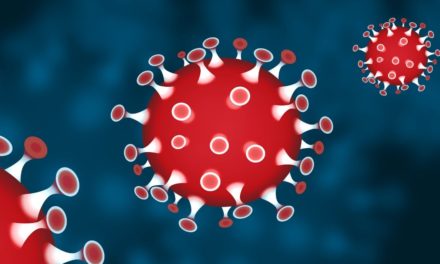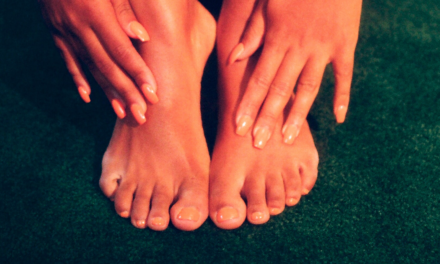One of the metrics used on the WHOOP device (the device that tracks recovery, strain, and sleep performance) is HRV. HRV stands for Heart Rate Variability and is a critical measure for heart health and how well you can recover each day. Over the last year, the HRV measurement helps me understand how well I am recovering, and analyzing trends over time can help me determine if my heart health is improving. Since it is such an important measure for the body that I have used extensively the last year, this blog will speak about what HRV is and some things that may benefit your HRV.
The information I will be using for this blog comes from an article from WHOOP called “Everything You Need to Know About Heart Rate Variability (HRV).” Heart rate variability is the variance in time between the beats of your heart. HRV comes from the sympathetic nervous system (activated during stress) competing with the parasympathetic nervous system (activated during recovery). Both are always active at the same time, but one will dominate during a given activity. For example, if you are doing physical activity, the sympathetic nervous system will activate, which causes an increase in heart rate. If you are in bed going to sleep, the parasympathetic nervous system will be dominating, which will cause you to fall asleep. If someone has a lower HRV, the parasympathetic nervous system causes a more significant variation between heartbeats because your heart is not working as hard due to resting. Thus, the HRV is an important measure to determine if you are recovering well enough.
The previous paragraph was the basics of HRV and its interaction with both branches of the autonomic nervous system. But with a condition like muscular dystrophy, for example, it can cause chronic inflammation and stress throughout the body, which causes the HRV to be lower due to your body having an increased sympathetic activity. If your body is dealing with some other problem, your HRV would be lower. The good thing about HRV measurement is you can determine when your body needs to rest and when your body is ready for physical activity. One of the main goals for my health is to help my parasympathetic nervous system gain more dominance to promote my recovery as much as possible. Looking at my HRV trends over time tells me that what I am doing for my body seems to be helping my HRV increase over time.
Now, what are some things you can do to help boost your HRV? The first thing that is recommended is the need for intelligent training. This refers to making sure you are doing adequate exercise but also giving yourself days to recover. Ordinary people may push themselves excessively and recover for a few days. With muscular dystrophy, my approach is to exercise for at least thirty minutes every day and make sure I recover properly. Preventing myself from being exhausted during physical activity is critical for this program to be working. If I ever wake up sore one day or have reduced recovery, I pull back on my exercise routine to give my body a lighter load. The next thing you can do is make sure you are always adequately hydrated. If you are appropriately hydrated, it is easier for your blood to circulate and deliver oxygen/nutrients to the body. This circulation will also help you recover even better. Another tip is limiting alcohol intake or eliminating it completely because it can negatively affect your HRV even with one drink.
The next thing you can do is make sure you are following a healthy diet, including severely restricting processed food, having fruits and vegetables, adequate amounts of protein, and many healthy fats (like avocados). There are many different diets, but following those tips will most likely give you a healthy diet. The following two tips involve getting adequate amounts of sleeping and adapting your body to a consistent schedule (this includes eating at the same times each day, falling asleep at the same time, and waking up at the same times). Additionally, My personal experience has shown that anything that can help you reduce physical and emotional stress can be incredibly beneficial for your HRV. This may include meditating, stretching, rolling out, using a sauna, journaling, drinking magnesium, etc.
Hopefully, you now have a better understanding of what HRV is and can start to apply this knowledge to help you recover even better. I would also recommend buying a device that can help measure your HRV. My favorite by far is using WHOOP, but I am sure there is other helpful equipment you can invest in if that is something you want to do. I originally had no idea what HRV was, but for the last year, I have been using my knowledge over the measurement to understand if my exercise and recovery programs are beneficial for my body. If measuring HRV and analyzing trends is not something you want to do, take the basics of reducing stress, as this will most likely help your body. Please allow yourself to take control of your body with the use of such a helpful tool.





